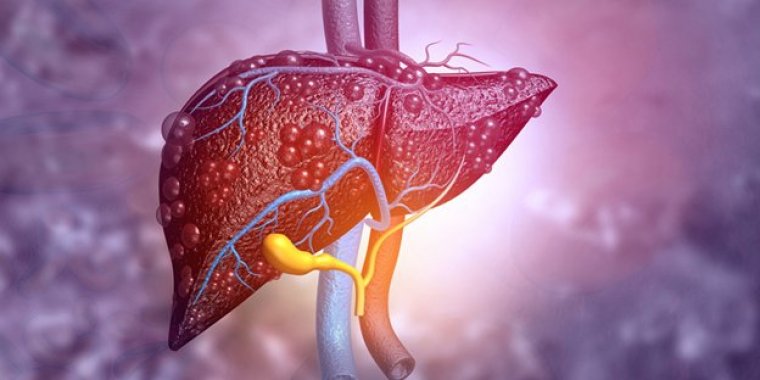| News / Science News |
Sensor can detect scarred or fatty liver tissue
Currently, there is no easy way to diagnose either fatty liver disease or liver fibrosis. However, engineers at the Massachusetts Institute of Technology have now developed a diagnostic tool, based on nuclear magnetic resonance, that could be used to detect both conditions.

Scientists are developing a new way to detect fatty liver disease. Photo: MIT
"Since it's a non-invasive test, you could screen people even before they have obvious symptoms of a compromised liver, and you would be able to say which of these patients had fibrosis," says Michael Cima, the senior author of the study.
The device, which is small enough to fit on a table, uses nuclear magnetic resonance to reveal how much fat is present in the tissue by measuring how water diffuses through the tissue.
This kind of diagnostic, which has thus far been tested on mice, could help doctors catch fatty liver disease before it progresses to fibrosis, the researchers say.
Fatty liver disease occurs when liver cells store too much fat. That leads to inflammation and eventually fibrosis, a buildup of scar tissue that can cause jaundice and liver cirrhosis and, eventually, liver failure.
Fibrosis is not usually diagnosed until the patient begins to experience symptoms that include not only jaundice but also fatigue and abdominal swelling.
A biopsy is needed to confirm the diagnosis, but this is an invasive procedure and may not be accurate if the biopsy sample is taken from a part of the liver that is not fibrotic.
To create an easier way to check for this kind of liver disease, Cima and his colleagues had the idea of adapting a detector they had previously developed to measure hydration levels before and after patients undergo dialysis.
The researchers thought that a similar detector could be used for identifying liver disease because water diffuses more slowly when it encounters fatty tissue or fibrosis. Indeed, tracking how water moves through tissue over time can reveal how much fatty or scarred tissue is present. (National Science Foundation)
YOU MAY ALSO LIKE





